Blackberry Weeds

What Is Blackberry Weed?
Blackberry weed, scientifically known as Rubus fruticosus aggregate, is a perennial shrub that is considered a weed of national significance in many regions. It is native to Europe but has been introduced to other parts of the world, where it thrives in a variety of environments, from pastures to bushlands. Blackberry is known for its aggressive growth and ability to outcompete native vegetation, forming dense, impenetrable thickets.
Characteristics of Blackberry Weed
-
Appearance: Blackberry is a scrambling perennial shrub with thorny canes that can grow up to 7 meters long. It has a woody root system with a deep taproot.
-
Leaves: The leaves are alternate, typically in clusters of 3-5 leaflets, dark green on top, and lighter green with short prickles on the underside.
-
Flowers: White or pink flowers are produced in clusters at the end of canes, followed by dark-colored berries.
-
Growth Habit: Blackberry spreads through its extensive root system and by producing new plants from root fragments.

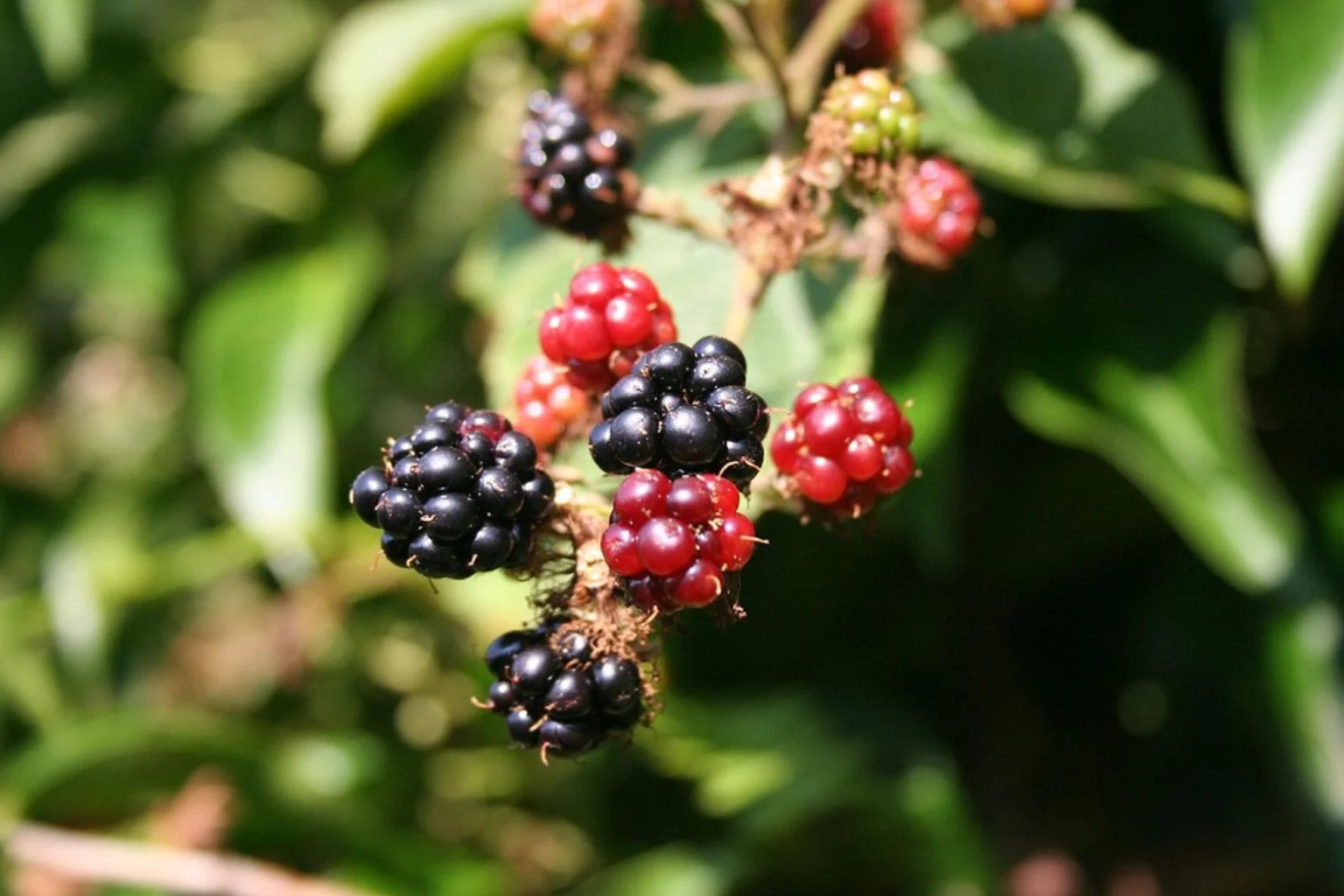

Why Is It A Problem?
Blackberry weed is a problem since it competes with native vegetation for resources, alters ecosystems, and forms thickets that hinder movement and injure animals. It also provides habitat for pest animals like rabbits and foxes. Additionally, its thorny canes can trap animals and make land management difficult.
Blackberry Weeds Environmental Impact
-
Habitat Alteration: Blackberry can outcompete native species, altering local ecosystems and reducing biodiversity.
-
Fire Risk: It contributes to fire hazards by providing fuel and obstructing fire trails.
Agricultural and Pastoral Impact
-
Pasture Quality: Blackberry reduces pasture quality by forming dense thickets that prevent grazing animals from accessing areas.
-
Land Use Limitations: Its aggressive growth limits land use for agriculture and recreation.
How to Identify Blackberry Weeds
Blackberry weeds are easily identified by their thorny canes, alternate leaves with short prickles, and dark-colored berries. They often form dense thickets and can be distinguished from other Rubus species by their leaf structure and growth habits.
Effective Methods
For effective blackberry weed control, a combination of methods can be used. Physical removal, biological control, and herbicides are all effective tools. It is important to integrate these methods into a long-term management plan to ensure successful control. Always follow label instructions when using herbicides to ensure safe and effective application.
Blackberry Weed Control
Controlling blackberry weed involves a combination of physical, biological, and chemical methods.
Physical Control
-
Digging: Remove the root system to prevent regrowth. This method is effective but labor-intensive.
-
Slashing: Used as a follow-up to other methods to control new growth.
-
Tilling: Weekly tilling can kill new shoots.
-
Bulldozing/Mowing: Effective for large areas but requires careful follow-up to prevent regrowth.
Biological Control
-
Blackberry Leaf Rust: A fungus that can be used to slow down blackberry growth, though it does not eradicate the weed completely.
Chemical Control
-
Herbicides: Effective for controlling blackberry, especially when applied to cut stumps or during the active growing season. Herbicides like glyphosate, triclopyr, and picloram are commonly used. You can also check out Zero 490 Weed Killer Concentrate 1L in particular.
Natural Remedies
-
Grazing: Goats can be used to control blackberry by consuming the plants, especially in pastures.
Early intervention is crucial to prevent blackberry from spreading extensively. Regular monitoring and strategic control methods can help manage blackberry weed effectively.







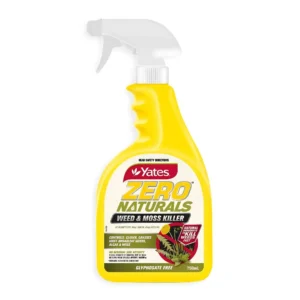
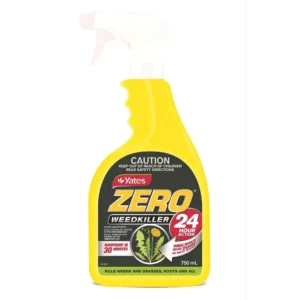


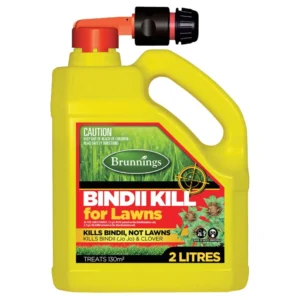
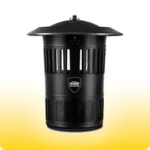 Mosquito Traps
Mosquito Traps